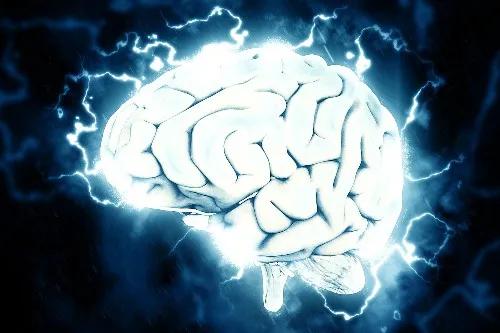London: Scientists have revealed that receptor patterns establish essential organising principles in the brain.
An multinational team of researchers mapping out neurotransmitter receptors in macaque brains has shown a potential function in separating internal thoughts and emotions from those created by external factors.
The extensive dataset has been made public, functioning as a link across different dimensions of neuroscience, from the microscopic to the complete brain.
Lead author Sean Froudist-Walsh, from the University of Bristol's Department of Computer Science explained, "Imagine the brain as a city. In recent years, brain research has been focused on been studying its roads, but in this research, we've made the most detailed map yet of the traffic lights - the neurotransmitter receptors - that control information flow. "We've discovered patterns in how these 'traffic lights' are arranged that help us understand their function in perception, memory, and emotion.
"It's like finding the key to a city's traffic flow, and it opens up exciting possibilities for understanding how the normal brain works.
"Potentially in the future, other researchers may use these maps to target particular brain networks and functions with new medicines.
"Our study aimed to create the most detailed map yet of these 'traffic lights'."
The team used a technique called in-vitro receptor autoradiography to map the density of receptors from six different neurotransmitter systems in over 100 brain regions. To find the patterns in this vast data, they applied statistical techniques and used modern neuroimaging techniques, combined with expert anatomical knowledge. This allowed them to uncover the relationships between receptor patterns, brain connectivity, and anatomy.
By understanding the receptor organisation across the brain, it is hoped new studies can better link brain activity, behaviour, and the action of drugs.
Moreover, because receptors are the targets of medicines, the research could, in the future, guide the development of new treatments targeting specific brain functions. Dr Froudist-Walsh added: "Next, we aim to use this dataset to develop computational models of the brain. "These brain-inspired neural network models will help us understand normal perception and memory, as well as differences in people with conditions like schizophrenia or under the influence of substances like 'magic mushrooms'.
"We also plan to better integrate findings across species--linking detailed circuit-level neuroscience often conducted in rodents, to large-scale brain activity seen in humans."
Creating openly-accessible maps of receptor expression across the cortex that integrate neuroimaging data could speed up translation across species.
"It is being made freely available to the neuroscientific community via the Human Brain Project's EBRAINS infrastructure, so that they can be used by other computational neuroscientists aiming to create other biologically informed models," added Nicola Palomero-Gallagher, HBP researcher at the Forschungszentrum Julich and senior author of the paper. —ANI

